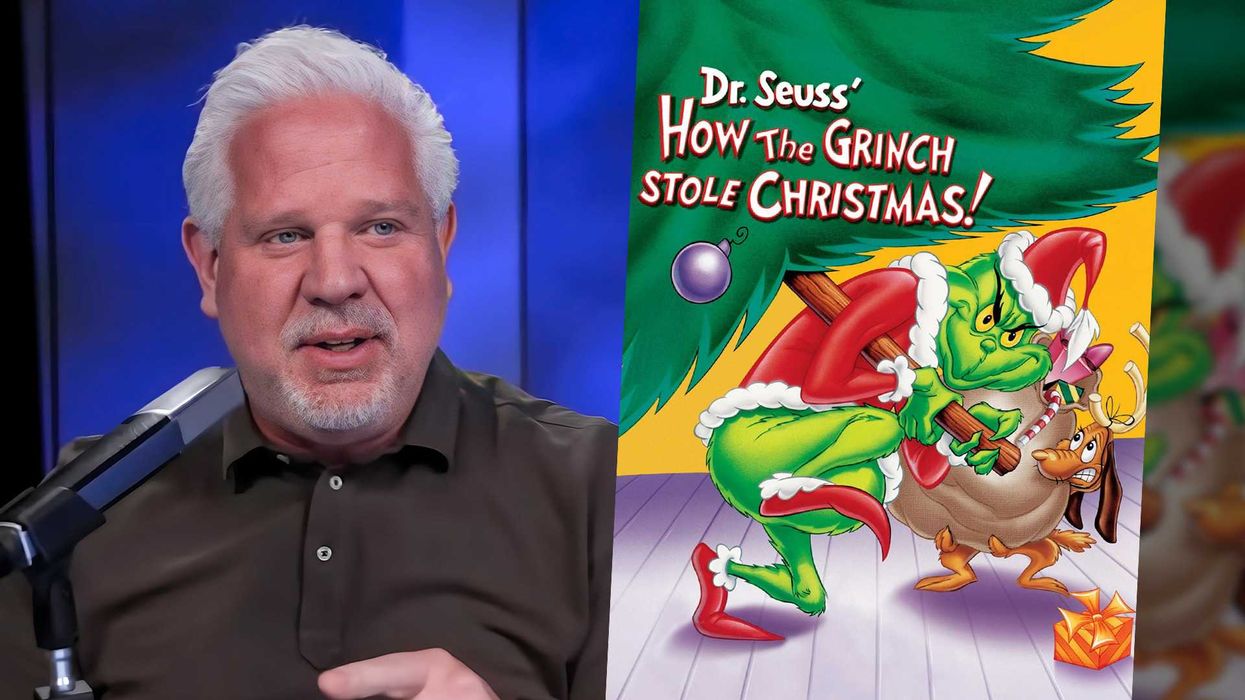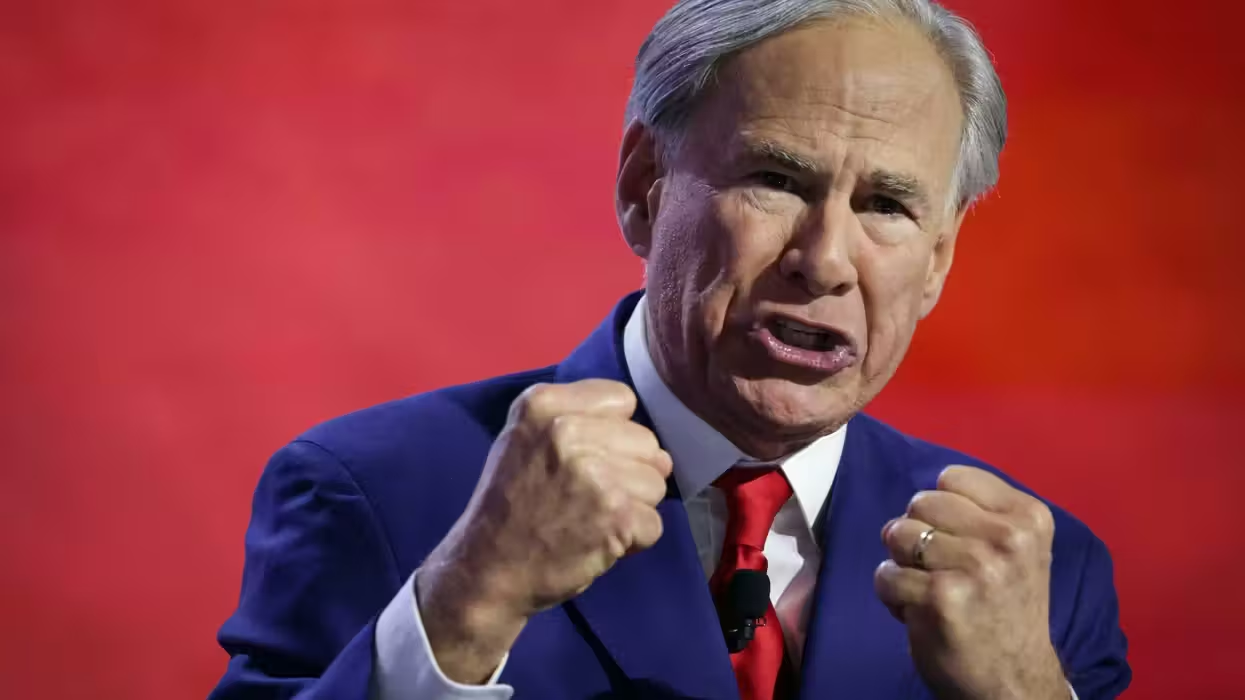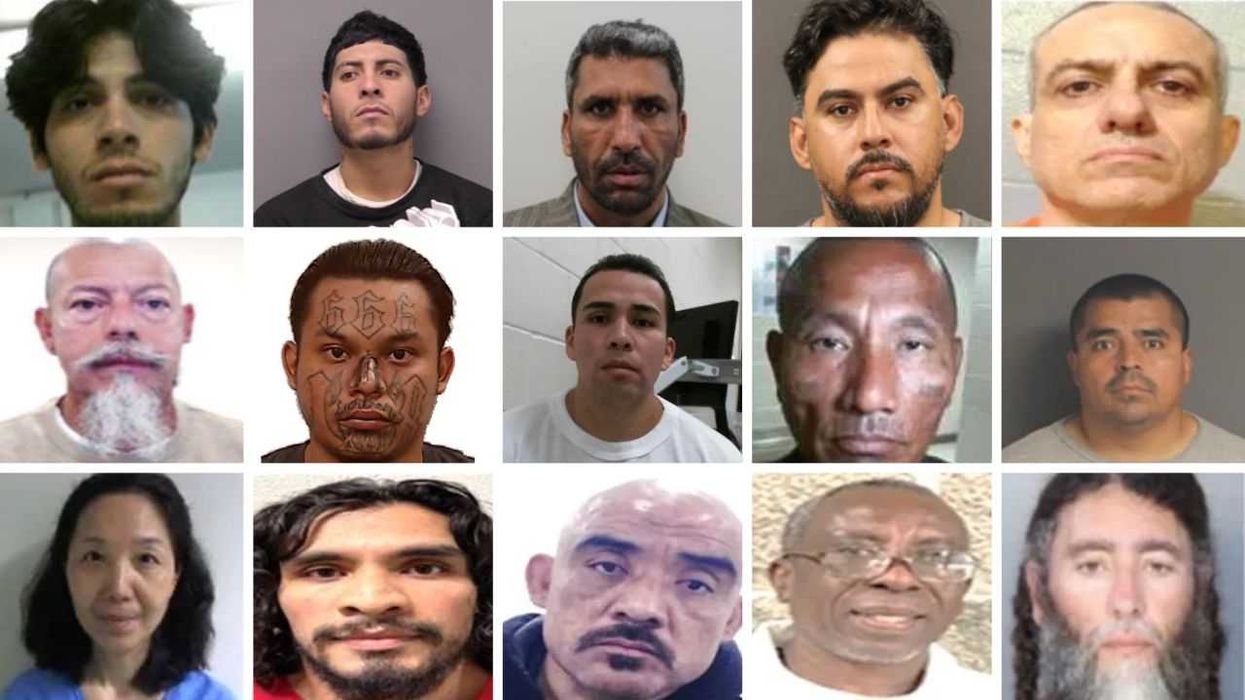
© 2025 Blaze Media LLC. All rights reserved.
A Slave Holder Named Thomas Jefferson': Is Smithsonian's New 'Race' Exhibit Fair to Founding Father?
August 13, 2011
"Race is a powerful idea that was invented by society."
Which major government-funded U.S. museum currently features an exhibit that classifies Thomas Jefferson as simply "a slave holder"?
That would be the Smithsonian Museum of Natural History, located in the heart of nation's capital.
Developed by the American Anthropological Association, "Race: Are We So Different" offers "an unprecedented look at race and racism in the United States," according to the Smithsonian's website.
The Blaze visited the exhibit and found a couple of things that might surprise you.
A five-minute video at the front of the hall sets up the visitor's experience, which in addition to describing Christopher Columbus as someone who only "colonized and conquered" the natives he encountered, refers to Jefferson merely as a "slave holder":
"Race," the narrator says, "is a powerful idea that was invented by society."
"Many of the ideas we now associate with race originated during the European era of exploration. Europeans like Christopher Columbus traveled overseas and encountered and then colonized and conquered peoples in Africa, Asia and the Americas who looked, talked and acted much differently from them."In the American colonies, the first laborers were European indentured servants. When African laborers were forcibly brought to Virginia beginning in 1619, status was defined by wealth and religion, not by physical characteristics such as skin color. But this would change.
[...]
"By 1776 when "All men are created equal" was written into the Declaration of Independence by a slave holder named Thomas Jefferson, a democratic nation was born with a major contradiction about race at its core. As our new nation asserted its independence from European tyranny, blacks and American Indians were viewed as less than human and not deserving of the same liberties as whites."
A display in another part of the exhibit features a historical timeline of slavery. The entry for the year 1784 states: "Thomas Jefferson, future U.S. president and likely the father of at least one of the slaves he owned, publishes 'Notes on the State of Virginia.'" It quotes Jefferson's writing, where he posits whether blacks are a distinct, inferior race from whites and if that would be an obstacle to their emancipation.
Jefferson did of course own slaves — hundreds throughout his lifetime. But his feelings on slavery were also much more complex than the exhibit suggests -- in other writings he called it "an abominable crime" and "moral depravity." He drafted Virginia's 1778 law banning the importation of enslaved Africans and separately proposed slavery be outlawed in the new Northwest territories.
But "Race: Are We So Different?" does not cover any of that. None of the exhibit's written displays examines these nuances; the only other details offered are on a looped video with a historian who says Jefferson knew it was "a massive contradiction" to both own slaves while professing the "lofty ideals" of America -- a brief distinction that is easy to miss.
When contacted by The Blaze, Kelly Carnes of the Natural History Museum's press office said she could not speak to the exhibit's content because it was not created by the Smithsonian. Damon Dozier of the American Anthropological Association did not respond to requests for comment.
At the end of the day, a casual Smithsonian visitor is likely to come away from one of the nation's preeminent museums thinking that one of the Founding Fathers was truly nothing more than a racist slave owner -- and remember, since it's a government-funded museum, you as a taxpayer are paying for it.
Other features of note:
- A display titled "Racism's effects on health" says "numerous studies have linked the stress of racism on African Americans to high blood pressure, adding evidence to the claims that racism contributes to the high rates of hypertension among them." It adds that racism may also affect health through "limited access to nutritious food and safe environments for exercise; increased exposure to environmental toxins; reduced quality of health care."
- A display about the history of affirmative action in the U.S. declares, "The legacy of white privilege still runs far ahead of efforts to compensate for it." It features a note about two 2003 Supreme Court affirmative action rulings, which it says upheld "the limited use of race as a factor in reviewing student [university] applications." While Grutter v. Bollinger did uphold the use of race for admissions, the ruling in the second case, Gratz v. Bollinger, actually held that the use of simply assigning "points" to someone based on their race was unconstitutional. Beside the display's text is a photograph of the 2003 court, including Clarence Thomas, the sole African American justice. Thomas has long maintained his views opposing affirmative action, something nowhere to be found on the display.
You can take a virtual tour of the exhibit here. "Race: Are We So Different?" will be on display at the Smithsonian through Jan. 2.
Want to leave a tip?
We answer to you. Help keep our content free of advertisers and big tech censorship by leaving a tip today.
Want to join the conversation?
Already a subscriber?
more stories
Sign up for the Blaze newsletter
By signing up, you agree to our Privacy Policy and Terms of Use, and agree to receive content that may sometimes include advertisements. You may opt out at any time.
Related Content
© 2025 Blaze Media LLC. All rights reserved.
Get the stories that matter most delivered directly to your inbox.
By signing up, you agree to our Privacy Policy and Terms of Use, and agree to receive content that may sometimes include advertisements. You may opt out at any time.







